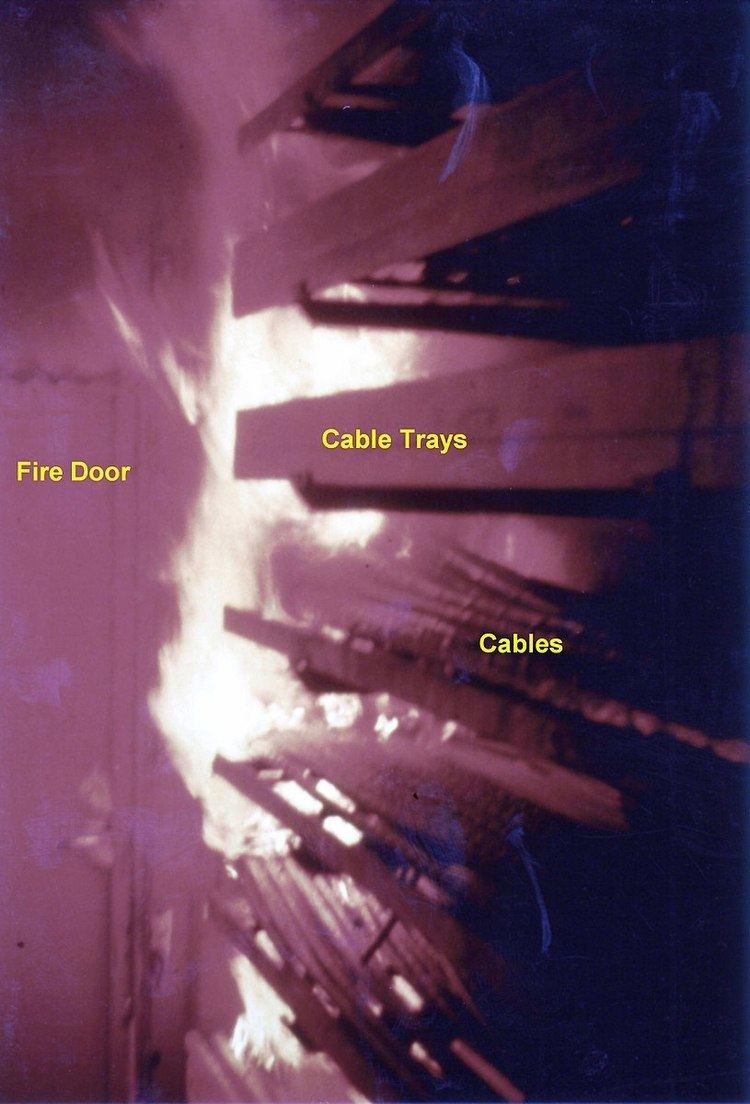 | ||
A fire test is a means of determining whether fire protection products meet minimum performance criteria as set out in a building code or other applicable legislation. Successful tests in laboratories holding national accreditation for testing and certification result in the issuance of a certification listing. The listing is public domain, whereas the test report itself is proprietary information belonging to the test sponsor.
Contents
- Examples of fire testing for products and systems
- Organisations that perform fire testing
- Ad hoc fire testing
- Fire test examples
- References
There are many different types of fire tests apart from those on firestops. Walls and floors themselves can be tested, closures within them, such as windows, fire doors, fire dampers, structural steel, and more. Fire tests are conducted both on active fire protection and on passive fire protection items. Each have different test methods and scales. There are full scale, small scale and bench scale tests. There are tests on systems, such as the one below, but there are also tests on materials, such as intumescents, to be sure of components that may be used within a system.
Fire testing must consider all applicable provisions of the intended product certification. It is also prudent to test products in such a manner as to ensure ease of use and broad, economical applications with regards to listing and approval use and compliance.
Examples of fire testing for products and systems
Organisations that perform fire testing
Ad hoc fire testing
A fire test can also mean an ad hoc test performed to gather information in order to understand a specific hazard, such as a construction or storage configuration. Tests can be bench scale (e.g., flammable liquid flash point), medium scale (e.g., storage commodity classification), or full scale (e.g., replication of an entire rack storage configuration). Typical information gathered from full scale testing is heat release rate vs. time, smoke production and species composition, radiant heat, and interaction with fire control or suppression systems.
Fire test examples
Many fire tests are run by official laboratories for the purpose of product certification. However, some manufacturers of fire protection products also maintain their own facilities and run tests for R & D purposes before going to the expense and exposure of a test at a third party facility.
Some universities have functioning fire research groups which are equipped to run fire tests on building materials.
The below photos illustrate types of furnace testing as seen in the United States.
The use of inadequate fire testing and lack of product certification on circuit integrity fireproofing of electrical wiring between nuclear reactors and control rooms in nuclear power plants led to the Thermo-Lag scandal, which became known as a result of disclosures by whistleblower Gerald W. Brown to the Nuclear Regulatory Commission, watchdog groups, and the press.
